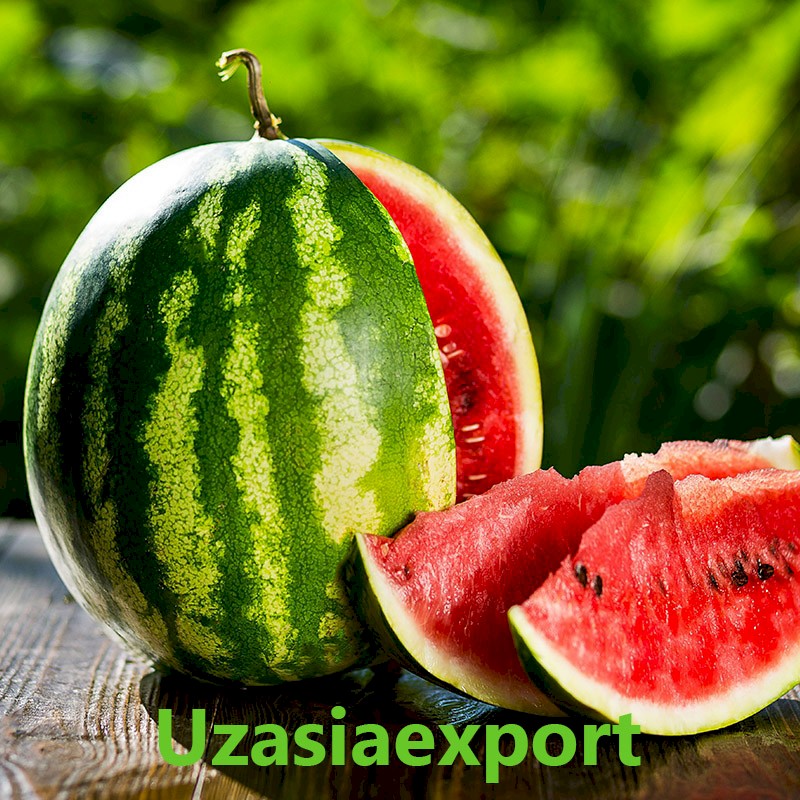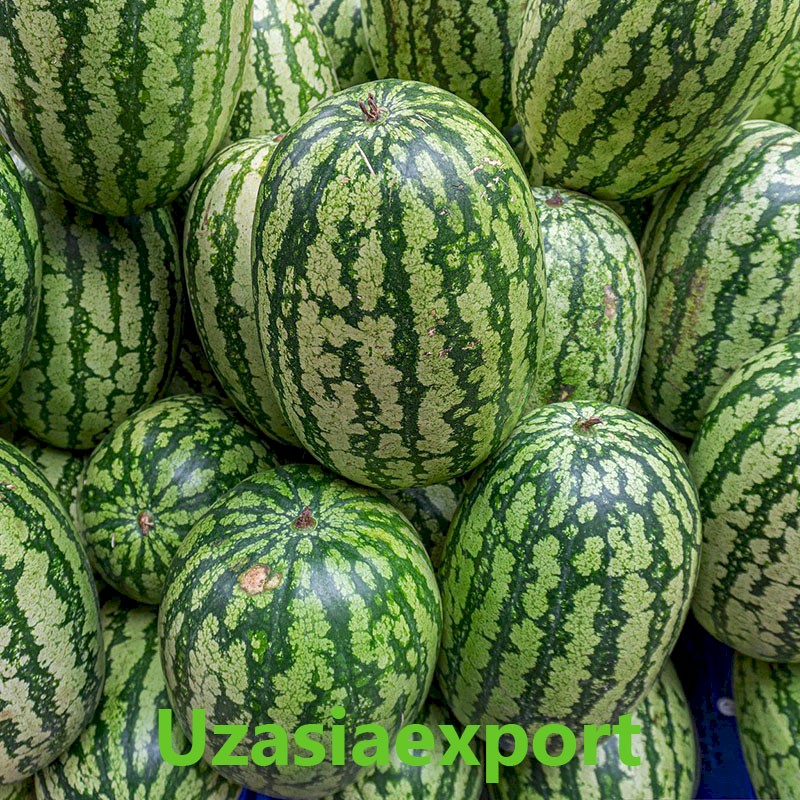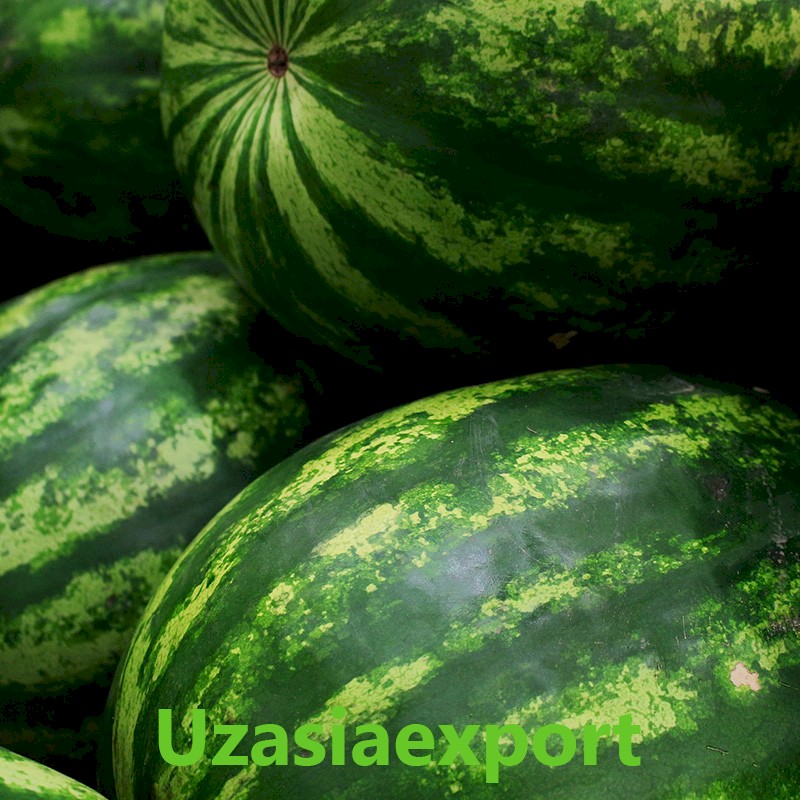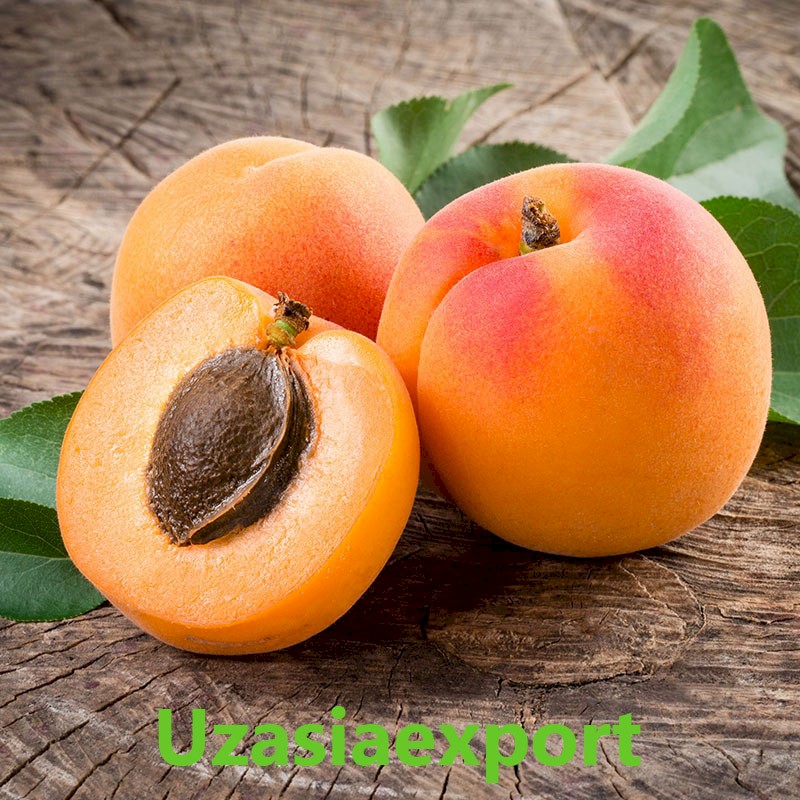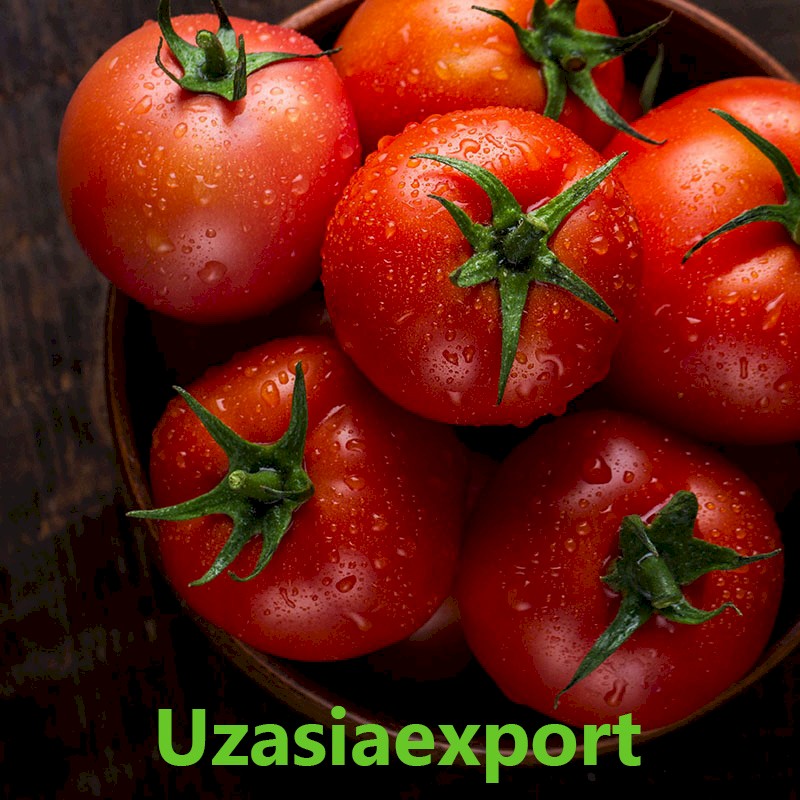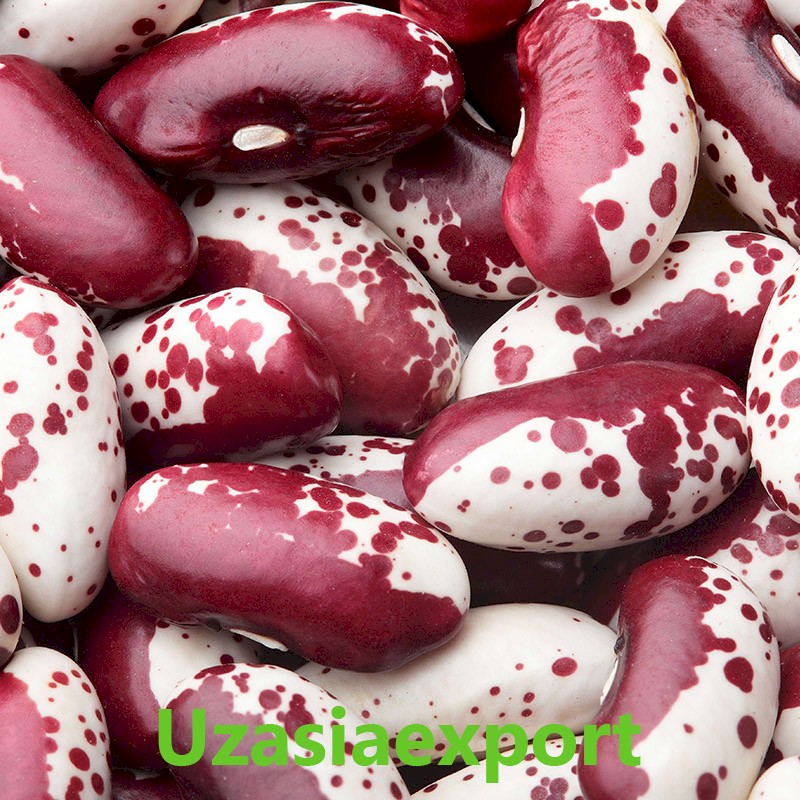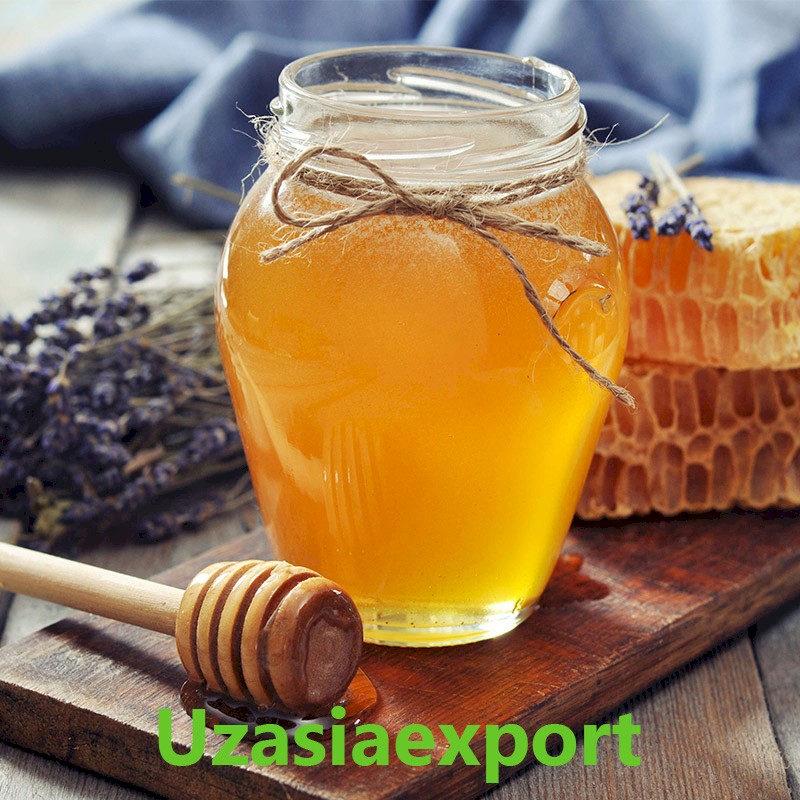Watermelon
-
Product category: Melon crops
-
Species (Varieties): Olmos Fermer Orinboy Uzbekistan-452 Chillaki F1
Suppliers:0
Small description
Horticulture is an important branch of agriculture. Watermelons, melons and squash are characterized by extreme demands on heat, light, soil softness and the amount of nutrients they contain.
Importance. Melons are consumed fresh and used as a raw material for industrial processing, as a succulent feed in animal husbandry. In addition, their therapeutic value has long been known in medicine. Melons contain carbohydrates that are well absorbed by the human body.
Watermelon. Most edible watermelons contain 13-14% dry matter, of which sugar content is 10-12%, and in terms of sweetness it is superior to some melon varieties. Khashaki watermelon contains 3-5% dry matter and 1-3% sugar.
Watermelon is grown in favorable climates from tropical to temperate regions worldwide for its large edible fruit, which is a berry with a hard rind and no internal divisions, and is botanically called a pepo. The sweet, juicy flesh is usually deep red to pink, with many black seeds, although seedless varieties exist. The fruit can be eaten raw or pickled, and the rind is edible after cooking. It may also be consumed as a juice or as an ingredient in mixed beverages.
Watermelons are thought to be native to northeastern Africa, particularly Sudan,where the kordofan melon grows in the wild, and is the likley progenitor of the domestic watermelon. Wild watermelon seeds have been found in Uan Muhuggiag, a prehistoric site in Libya that dates to approximately 3500 BC.Watermelons were domesticated in Egypt by 2000 BC, though they were not the sweet modern variety. Sweet dessert watermelons spread across the Mediterranean world during Roman times.

Suppliers of this product
Shown 0 goods from 0
Hot deals
Popular products currently available



